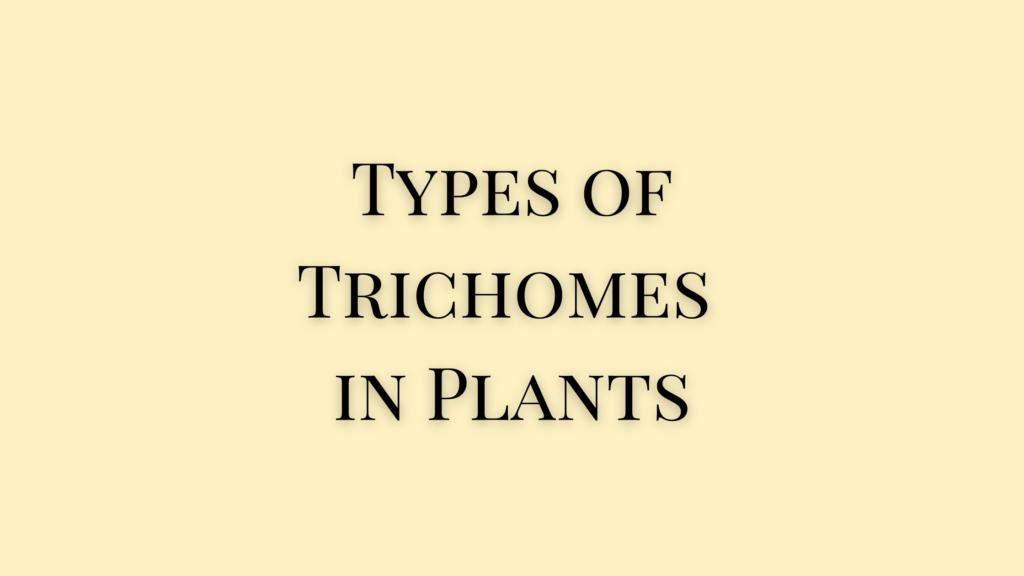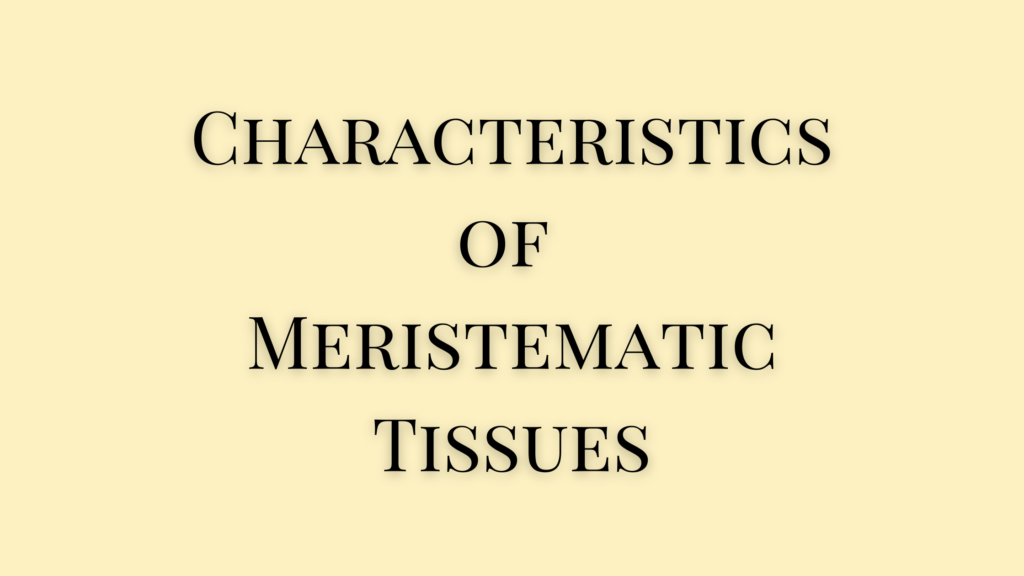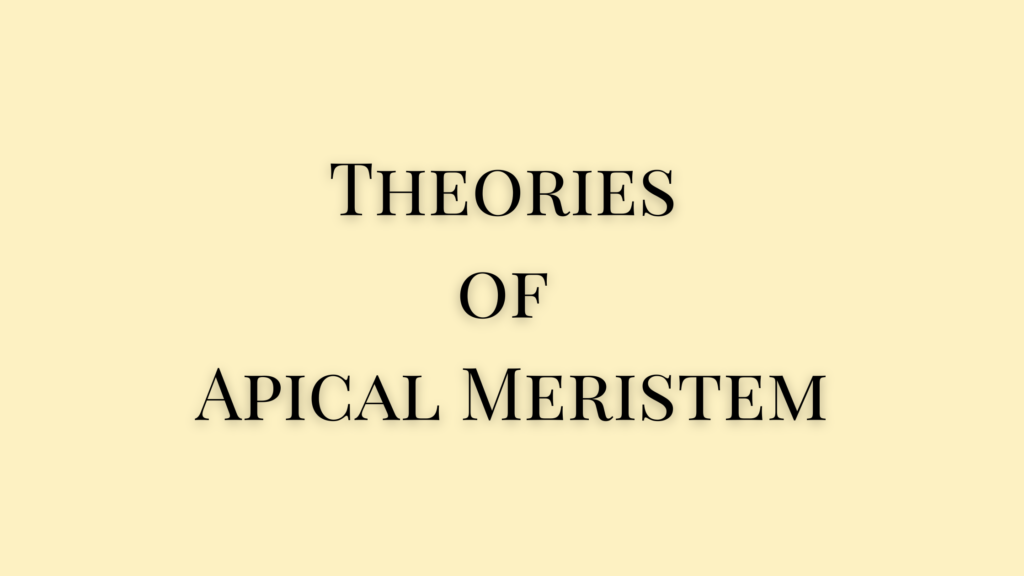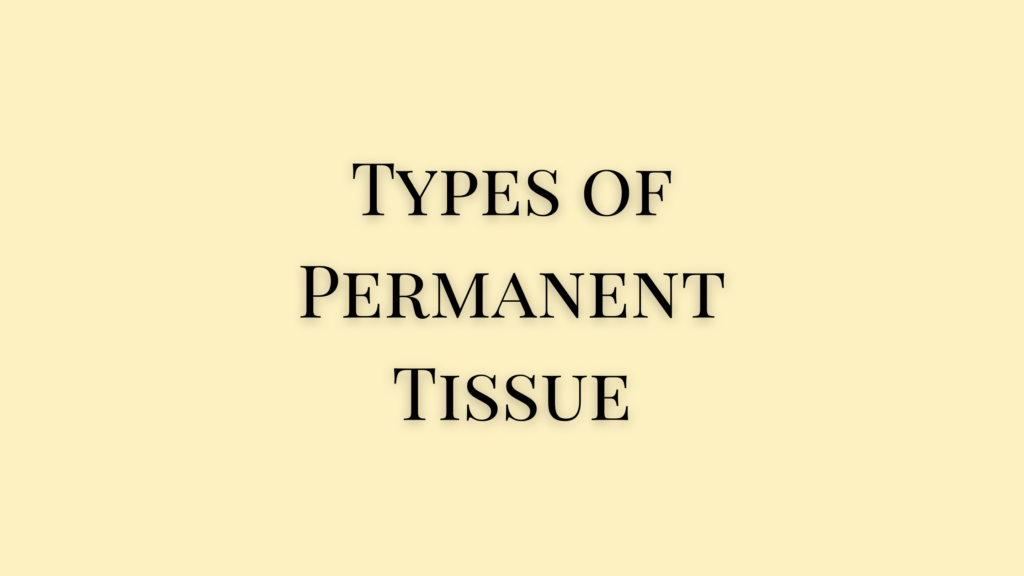Trichomes are epidermal appendages seen on plant surfaces such as leaves, stems, fruits, etc. They are a structural defense mechanism designed to protect against factors such as UV rays, extreme temperature, predators, etc.
Characteristics of Trichomes in Plants
These epidermal outgrowths or projections in plants show wider variation in their size, shape, size, function, origin, and location. For example, Withania somnifera shows four types of trichomes- one glandular and three non-glandular (dendrite, bicellular, and multicellular) trichomes.
Trichomes are unicellular or multicellular elongated outgrowths seen on vegetative or reproductive structures in plants. They are mainly seen on the epidermis of leaves. Each trichome has a basal foot embedded in the epidermis and a free-projecting portion.
Functions of Trichomes
- Trichomes serve as the primary physical defense mechanism in plants.
- The sharp edges of trichomes deter herbivores from feeding on the plants.
- In hot and humid conditions, trichomes provide some kind of shade to the plant surfaces that help reduce transpiration rate and water loss.
- In some plants, trichomes make attractive patterns on the leaves or flowers.
- Secretions from trichomes help plants interact with their environment positively or negatively.
- Glandular trichomes secrete substances that either repel the predators or are toxic to them.
- Some glandular trichomes secrete volatile oils that impart fragrance to the leaves or flowers.
- Trichomes in insectivorous plants secrete digestive enzymes.
Different Types of Trichomes in Plants
Trichomes are classified based on the presence or absence of glands attached to them and they are called glandular trichomes and non-glandular trichomes.
Non-glandular Trichomes
- Trichomes that are devoid of any glands come under this category.
- They may be unicellular or multicellular. Cannabis has unicellular non-glandualr trichomes while Chenopodium has multicellular trichomes.
- In Verbascum and Plantanus there are complex branched structures called ramulose trichomes.
- It could also be stellate as in Sida and Langunaria.
- In Olea, it has a peltate structure with a large number of radiating structures.
Glandular Trichomes
Glandular trichomes have an attached gland that secrete a sticky substance. These trichomes may be unicellular or multicellular.
Unicellular glandular trichomes have elongated epidermal cells of stigma. The multicellular glandular trichomes consist of multicellular stalk and a single-celled head.
Glandular Epidermal Outgrowths
The glandular outgrowths appear spherical at the top and have two peripheral layers of secretory cells. These layers are followed by an endodermis. At the center of the gland, there is conductive tissue.
Glandular hairs
- Members of Labiatae, Solanaceae, Cucurbitaceae, etc., have hairy epidermal outgrowths. They are multicellular and secrete volatile oils.
- In Ocimum sanctum, the glandular hairs secrete volatile oil from its bulbous apex while its lower stalk firmly embeds itself on the epidermis. Depending on the plant, the volatile oil will be different and characteristic of the variety.
- In the Nerium leaf, the glandular hairs are situated in the lower epidermis with stomata. Here, the trichomes secrete mucilage that stores water to keep the cavities cool and reduce transpiration.
Nectaries
A specially organized set of glandular cells form nectaries that secrete a sugary substance called honey or nectar. This is an adaptation to attract insects for pollination. Nectaries are common in entomophilous flowers.
Nectaries are associated with flowers of other vegetative parts such as stems, leaves, etc as well. Such nectaries are called extrafloral nectaries. They may arise from the epidermal cells which may form columnar cells.
Nectary cells have a huge amount of cytoplasm and pass nectar through diffusion. It passes via stomata or by breaking the cuticle.
In monocots such as Musa and Canna, these cells look like glands and are located on the septa of ovaries forming a lining of gland cells.
Stinging hairs
Stinging hairs are specialized organs that exude poisonous liquid. They are mainly seen in Tragia, Utrica, Laportoa, etc.
These hairs have a pointed tip to break to make contact with the basal cell. When an object comes in contact with the tip, it breaks and the basal cell comes in contact.
The basal cell shrinks and squeezes the liquid out. This liquid contains histamine and acetylcholine that irritates animals and humans.
Mechanism of Insectivorous Plants
The digestive glands in insectivorous plants are an example of glandular trichomes. They secrete protein-digesting proteases that can digest the insect body. These glands are located at the tip of these hairs as seen in Drosera, Pinguicula, etc. Here, it is called stalked glands. But in Nepenthes, it is sessile or stalkless. In Pinguicula, the secreted fluid has detergent properties that can wet the water-resistant exoskeleton of insects.
The secreted liquid will be glistening just like dew drops, therefore these plants are also called sundew plants. The glistening drops attract insects that get trapped and digested by the plants. When an insect comes in contact, the trichomes bend inwards which will make the trapped insect come in contact with the gland. Now, the gland secretes digestive enzymes that digest the insect and absorb it.
In Dionea, the glandular trichomes stay inactive until they come in contact with an insect and get stimulated when the contact is established.
Not only do the glandular trichomes secrete the digestive fluid but they also help with the absorption of the digested proteins into the leaves. The peculiar fluid movement of cytoplasm at the basal cell of the gland facilitates this reverse transport.
In Drosera and Drosophyllum, trichomes contain numerous Golgi vesicles that help with the secretion.
References
- Sukumaran O R. Pre-Degree Botany. Murali Publications.
- Abraham P C. Anatomy, Embryology & Microtechnique. 1999. St. Mary’s Books & Publ.
- https://www.ncbi.nlm.nih.gov/pmc/articles/PMC8670628/
- https://propg.ifas.ufl.edu/01-biology/02-cell-types/11-celltypes-trichome.html
- https://doi.org/10.1016/j.tplants.2014.05.005





You ought to be a part of a contest for one of the finest websites on the
net. I’m going to highly recommend this website!
Wonderful, what a website it is! This web site presents valuable facts to us,
keep it up.
Hola! I’ve been following your site for a long time now and finally
got the bravery to go ahead and give you a shout out from Houston Texas!
Just wanted to say keep up the excellent work!
Pretty great post. I simply stumbled upon your weblog and wanted
to mention that I’ve truly loved browsing your blog posts.
In any case I will be subscribing in your feed and I am hoping you write once more soon!
I read this paragraph completely on the topic of the resemblance of most recent and earlier technologies, it’s remarkable article.
I was recommended this web site by my cousin. I am not sure whether this post is written by him as nobody else know such detailed about my difficulty.
You’re incredible! Thanks!